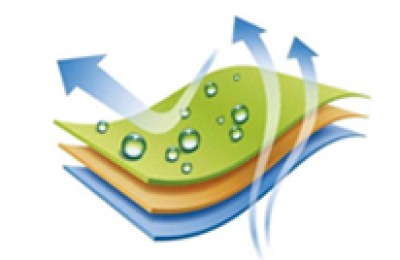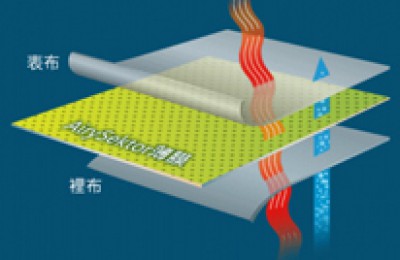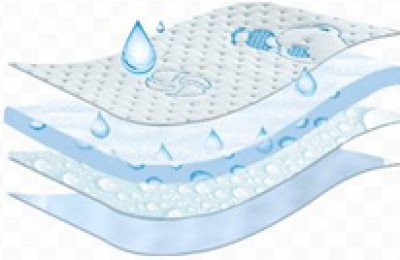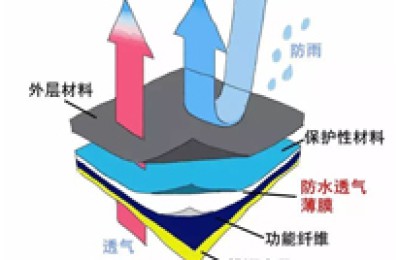18. A factory uses resin to finish viscose fiber and its blended fabrics, but the effect is always unsatisfactory. The main reason is that there is no high-temperature baking machine. Can it be baked at around 100°C without affecting the effect?
Answer Resin finishing is a chemical method that changes the physical and chemical properties of fibers. At present, most of the resins used in factories are amino resins, which are thermosetting resins or nitrogen-containing synthetic resins. Generally, resins have reactive groups with one or more hydrogen atoms, which can react with one OH on the cellulose fiber molecules. When the fabric passes through the initial shrinkage aqueous solution of this resin, due to the small relative molecular weight and high solubility of the resin, it penetrates into the fiber through mechanical padding, and then condenses into a polymer compound inside the fiber through drying and baking. Once set, it is irreversible. Therefore, in the resin post-finishing of fabrics, in addition to selecting appropriate resin primary shrinkage according to fabric quality and requirements, a catalyst that promotes the chemical reaction between resin and fiber must be added to promote the cross-linking reaction speed and reduce the reaction temperature. Therefore, the primary shrinkage of different resins must be pre-baked and baked during the finishing process, so that the resin can react with the fiber in the presence of a catalyst and be fixed on the fabric. The purpose of pre-drying is to dry the initial shrinkage body under drying conditions of 80 to 100°C after the fabric is padded with resin. Therefore, the temperature cannot be too high or too low. If the temperature is too high, surface resin will easily be produced, which will affect the anti-wrinkle effect. It feels rough to the touch. After pre-baking, the fabric must be baked at a higher temperature to ensure that the resin is fixed on the fabric. If the baking temperature is too low or the temperature of the upper and lower parts of the baking machine is uneven, the pressure on both sides of the roller is uneven, the liquid rolling rate is uneven, etc., the finishing effect will be unsatisfactory. As for the baking temperature and time, it depends on the properties of the resin, catalyst and fiber used. Generally, the baking temperature is 140~160℃ and the time is 3~5 minutes. As the temperature increases, the baking time can be shortened, otherwise the baking time will be extended.
What is mentioned above is dry baking resin finishing, also known as dry cross-linking method. There is another method called wet cross-linking method, that is, cross-linking is carried out while the fiber is in a puffed state. The process flow is: fabric padding with resin working fluid → rolling (wrapped with polyethylene film) → stacking at room temperature for 18 to 24 hours (complete rotation during stacking) → washing → drying. In wet cross-linking, because the fibers are in a puffed state, the fiber micro-gaps increase.
The cross-linking between the initial shrinkage of the resin and the fiber mostly occurs at the edge of the amorphous zone and the crystal zone, forming cross-linked bonds that are widely distributed and more uniform. Its wet anti-wrinkle performance is good, but its dry anti-wrinkle performance is worse than that of the dry state. The resin finishing is poor. Although the wet cross-linking method does not have excessive temperature requirements, this method is not suitable for continuous production.
AAAFSGRETEGSDFW
Disclaimer:
Disclaimer: Some of the texts, pictures, audios, and videos of some articles published on this site are from the Internet and do not represent the views of this site. The copyrights belong to the original authors. If you find that the information reproduced on this website infringes upon your rights, please contact us and we will change or delete it as soon as possible.
AA







